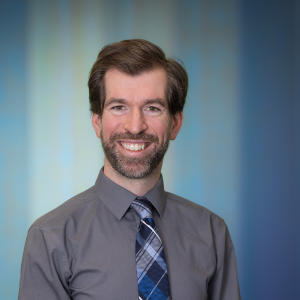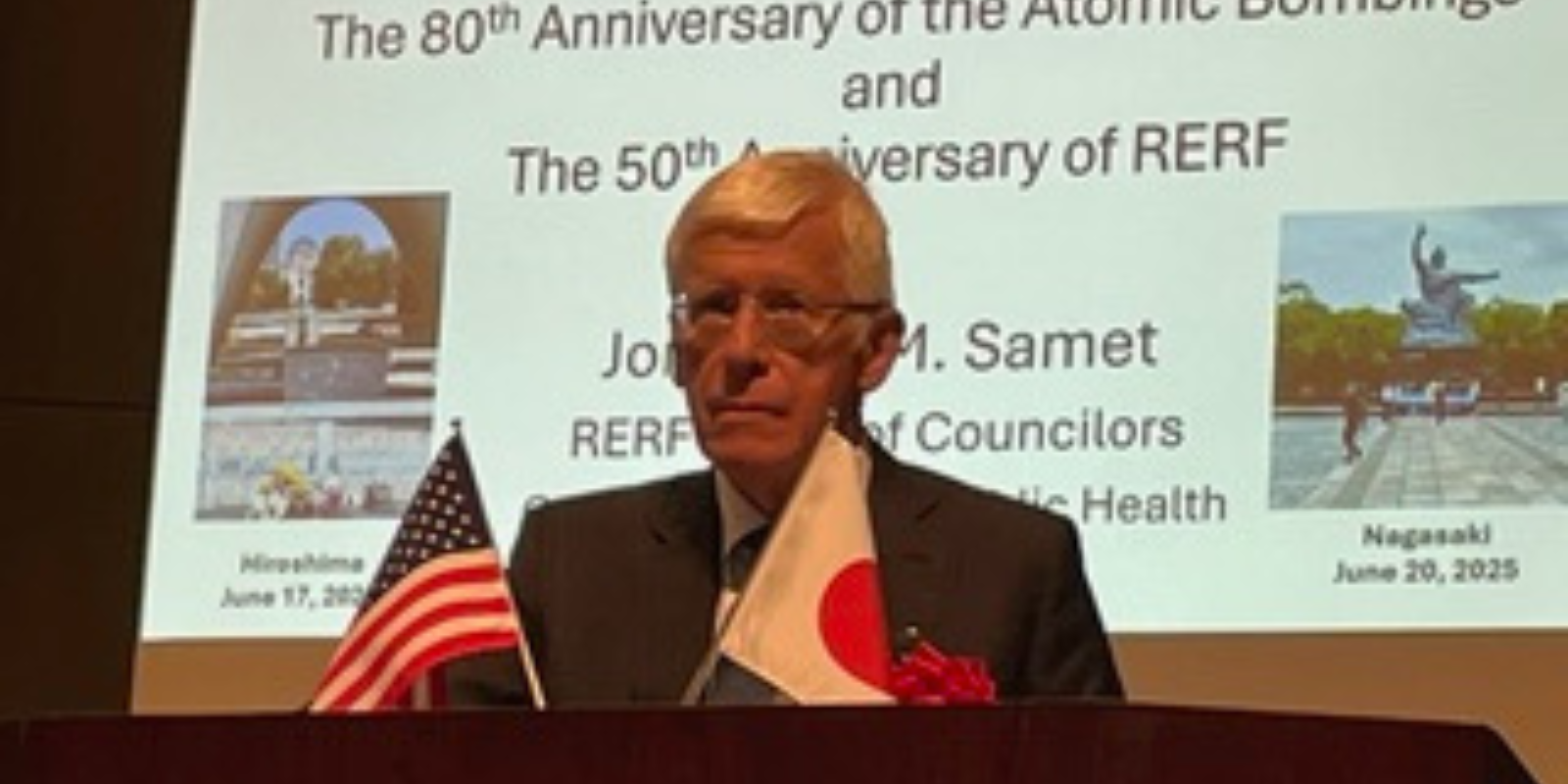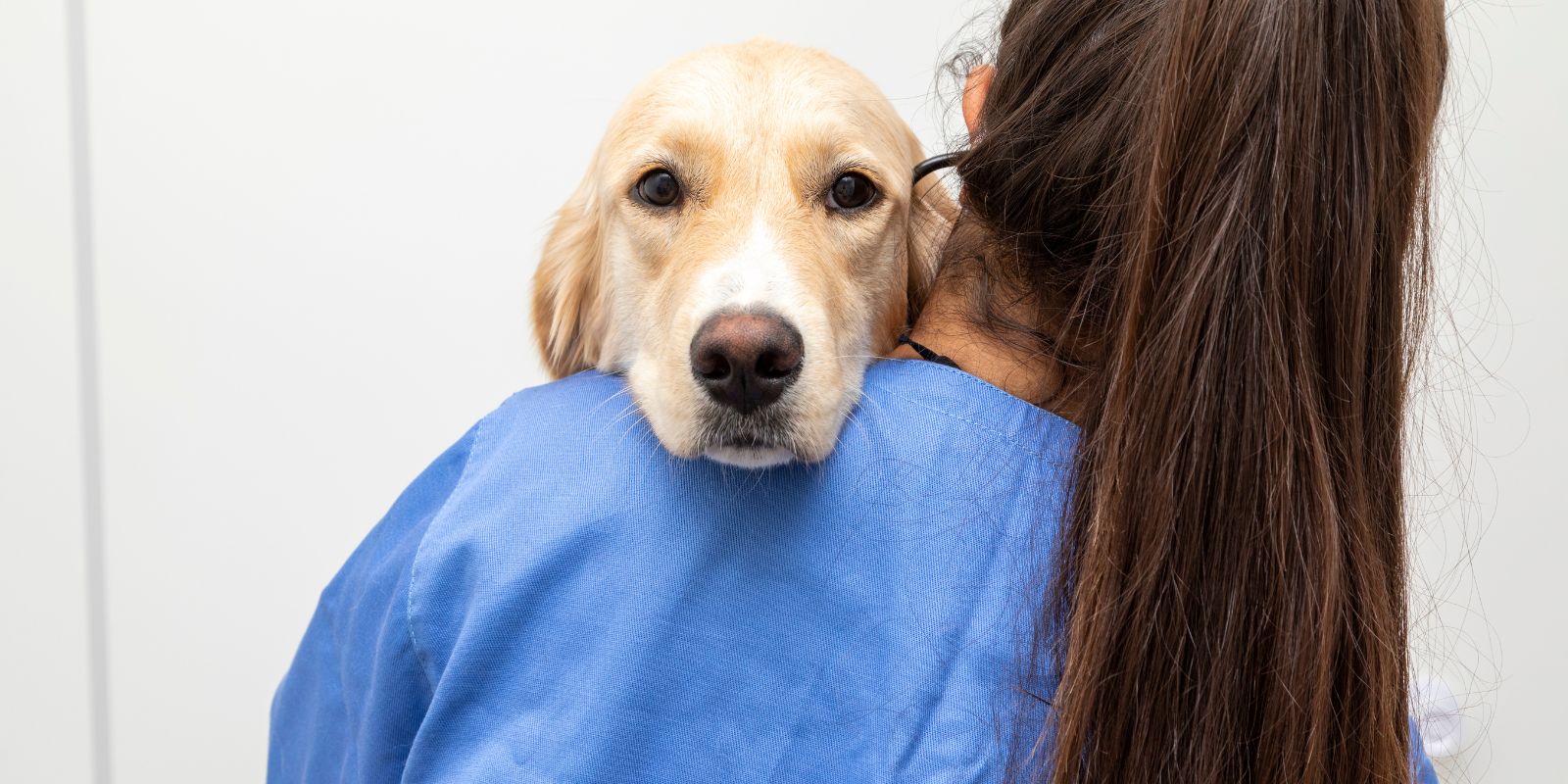Exercise is so important to cancer recovery that the University of Colorado Cancer Center offers an individualized exercise program — called BfitBwell — for individuals diagnosed with cancer who are currently going through treatment or are no more than six months post-treatment.
But CU Cancer Center member Ryan Marker, PhD, PT, who oversees the BfitBwell program, knows that there also are many cancer survivors in Colorado’s rural areas, where fitness centers and organized exercise programs — let alone exercise programs dedicated to cancer recovery — are more difficult to access.
That’s why, in 2022, Marker developed a virtual version of the BfitBwell program for cancer survivors in rural communities in Colorado, with a specific focus on reducing cancer-related fatigue.
“I’ve always had a big interest in fatigue because it is a very limiting, significant symptom. A lot of survivors report fatigue as one of the main things that keeps them from returning to normal function,” says Marker, a CU Cancer Center program liaison for Cancer Prevention and Control. “And exercise programs that target improvements in aerobic fitness and muscular strength are one of the best-known interventions for cancer related fatigue.”
Getting personal from far away
Using the Zoom videoconferencing app, BfitBwell trainers began the feasibility study by taking a baseline measure of physical fitness, asking survivors to do simple tasks like a 30-second chair stand — counting how many times someone can go from sitting to standing in 30 seconds — and a four-meter gait/walking speed test conducted with a pre-measured piece of rope.
The trainers then developed an individualized exercise program for each participant, utilizing resistance bands that were mailed out as part of the study, as well as any existing exercise equipment or common household items to which the participant had regular access. Trainers met with participants twice in real time, then used an existing training app to keep the survivors active in aerobic and resistance activities for the next 12 weeks.
“Our team felt it was important to establish that personal connection. And since the exercises are individual, we wanted to make sure the trainers had the opportunity to see folks do the exercise and coach them through it,” says Marker, who published the results of the feasibility study in January in the journal JMIR Cancer. “We decided to do one session at the beginning and one in the middle. At the beginning, it was coaching, educating them on the exercises, then in the middle we wanted to check in again and progress or change their exercises based on how they were doing.”
Symptom-triggered adaptations lead to impressive results
Even when they were doing the exercises on their own, participants stayed in touch with trainers via text messaging, asking for adjustments or advice when necessary. Marker and his fellow researchers kept track of fatigue symptoms through regularly emailed surveys, scheduling additional videoconference sessions when a participant’s progress appeared to be slowing.
“We would measure their fatigue every two weeks during the program, and if they dropped below a certain threshold, we would trigger an additional live Zoom session to meet with them and adapt the exercise,” he says. “There are so many variables that go into an individual's response to exercise, and we know that adaptation is necessary to improve outcomes. That happens organically in a supervised program, when someone is coming in every week to work with our trainers, but we had to standardize that a bit more since we don't have that regular interaction with the rural participants.”
With the benefit of the symptom-triggered interventions that helped to optimize individual outcomes, Marker’s study found that 13 of the 15 participants who completed the program achieved meaningful, clinically important differences in fatigue levels.
“That's a really good individual rate of response,” he says.
Taking it further
Marker has plans to expand the program further — he recently received an R01 grant from the National Institutes of Health to bring the virtual exercise program to a larger rural population, using the same methodology but adding an additional measurement. For the new study, he is working with CU Cancer Center member Travis Nemkov and the cancer center’s Mass Spectrometry Metabolomics Shared Resource to analyze participant’s dried blood samples, which are collected at their homes and mailed in. Marker wants to investigate how exercise-associated changes in fatty acid oxidation are related to changes in cancer-related fatigue.
“In the original study, we wanted to optimize fatigue outcomes, so we tracked fatigue. When fatigue didn't improve, that triggered an additional intervention and adaptation,” he says. “Now, we want to look at different mechanisms by which exercise influences fatigue. There's a possible common profile of fatigue seen as an impairment in fatty acid oxidation — an impairment in the body's ability to utilize fat as an energy source. If we start to see how those levels change during the program, that can inform a more personalized and efficient adaptation monitoring system going forward.”




.png)